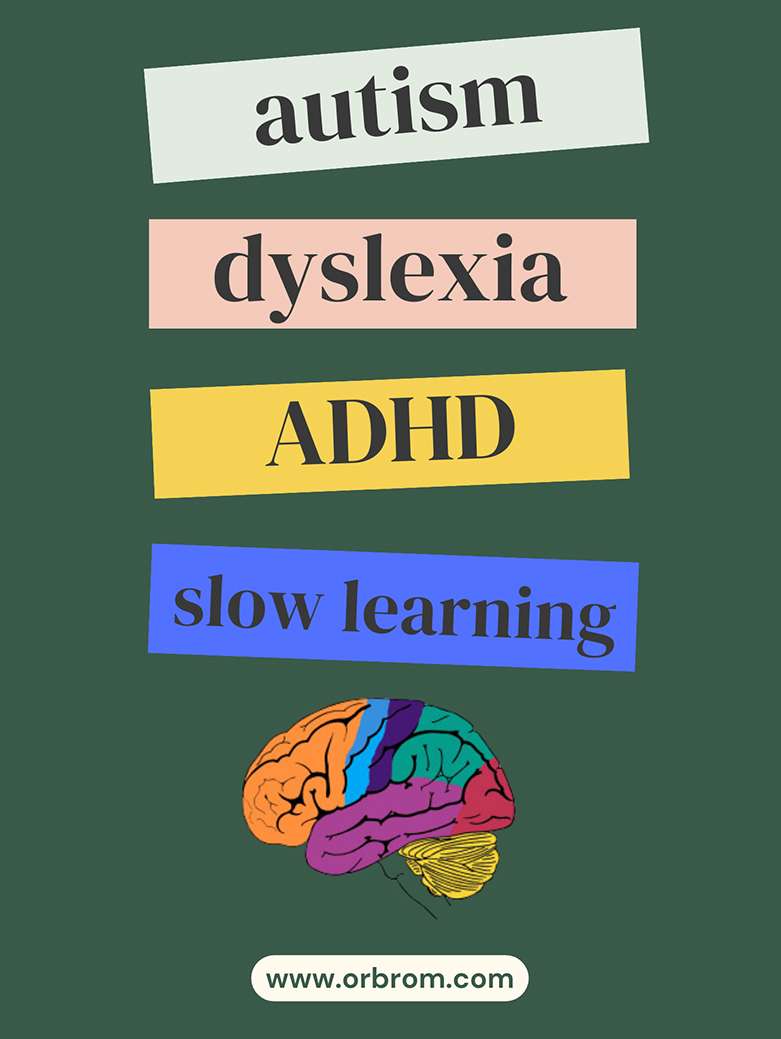Autism spectrum disorder (ASD) is a neurodevelopmental condition characterized by social interaction challenges, restricted and repetitive behaviors, and sensory sensitivities. While communication difficulties are a core feature of ASD, some individuals may not develop functional speech, leading to a diagnosis of nonverbal autism.
What is Nonverbal Autism?
Nonverbal autism, also referred to as nonspeaking autism, describes individuals on the autism spectrum who have limited or no spoken language. This doesn’t necessarily mean they lack the ability to communicate altogether. Many nonverbal autistic people have a strong understanding of language and can express themselves through alternative methods, such as:
- Augmentative and Alternative Communication (AAC): This includes picture boards, sign language, and speech-generating devices that allow individuals to communicate their wants and needs.
- Gestures: Pointing, facial expressions, and body language can be powerful communication tools for nonverbal individuals.
- Drawing: Some people with nonverbal autism excel at visual communication and use pictures or drawings to express themselves.
The Spectrum of Nonverbal Autism
The degree of verbal ability in nonverbal autism can vary widely. Here’s a breakdown:
- Completely Nonverbal: These individuals may not speak at all and rely solely on alternative communication methods.
- Limited Speech: Some may have a few functional words or phrases but struggle with forming sentences or carrying on conversations.
- Unspeech: This refers to individuals who may have the physical ability to speak but choose not to due to sensory sensitivities or difficulty coordinating the motor skills required for speech.
Causes and Early Signs
The exact cause of nonverbal autism remains unknown, but research suggests a combination of genetic and environmental factors may be at play.
Early signs of potential nonverbal autism in children can include:
- Delayed speech and language milestones
- Difficulty with eye contact and joint attention (sharing focus on an object or activity)
- Limited social interaction and play skills
- Preference for routine and resistance to change
Importance of Early Intervention
Early diagnosis and intervention are crucial for supporting individuals with nonverbal autism. Speech therapists, occupational therapists, and specialists in alternative communication can help develop effective communication strategies.
Communication Strategies for Nonverbal Individuals
Here are some tips for interacting with someone who has nonverbal autism:
- Be patient: Allow them time to process information and respond.
- Use simple language and short sentences.
- Offer choices with visuals.
- Respect their preferred communication method.
- Focus on nonverbal cues: Pay attention to facial expressions, gestures, and body language.
Conclusion
Nonverbal autism is a unique way of experiencing the world. By understanding the challenges and strengths of nonverbal communication, we can create more inclusive environments and empower individuals with nonverbal autism to express themselves and connect with others.
Services for Autism, ADHD, Dyslexia, Spelling Difficulty, social and slow learning, Down Syndrome, and Selective Mutism. OrbRom is the best option in Phnom Penh.
If you are concerned about your child’s development, Contact OrbRom Center for Assessments.
Phone/Telegram: 077.455.993
Telegram Link: https://t.me/OrbRom







